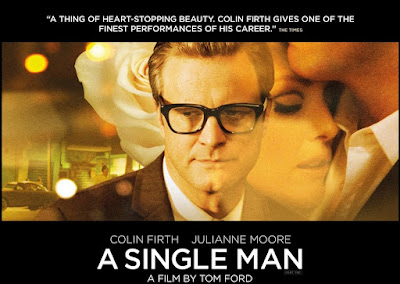
Richard Wilson’s bio-pic on the rise & fall of Chicago’s infamous gangster has neither the time nor budget to indulge in cinematic style or Prohibition Era atmosphere; it’s just lays out the story in a blunt manner. There’s some honesty in this approach, a refreshing lack of the period glamour we’ve come to expect in the genre, no shiny cars or smart duds to covet. But losing the gloss is nothing to brag about when what’s left just lies there, waiting for a savvy filmmaker to come and rescue the drab visuals & ham-fisted acting. And a fresh coat of paint on the plywood sets wouldn’t hurt, either. Rod Steiger is plenty coarse as Capone, it’s his default acting mode, but he soon exhausts us with it. And too many in the supporting cast, a strong bunch on paper, prove colorless. (Hollywood mavens can spot longtime columnist Jim Bacon in a nice cameo.) Even pros like lenser Lucien Ballard & composer David Raksin could be punching a time-clock. Until a beautifully lit street shot right after the St. Valentine’s Day rub-out & a remarkably strong scene between crooked journalist Martin Balsam & mob man Murvyn Vye spring to life, showing all too clearly just what’s been missing.
WATCH THIS, NOT THAT: It's slow, it's a little corny, it's simplistic, but Edward G. Robinson in Warner Bros. classic early Talkie LITTLE CAESAR/'30, remains the gateway to all Al Capone pics & portrayals. (And making a Prohibition story during the Prohibition Era really does add something.)






















